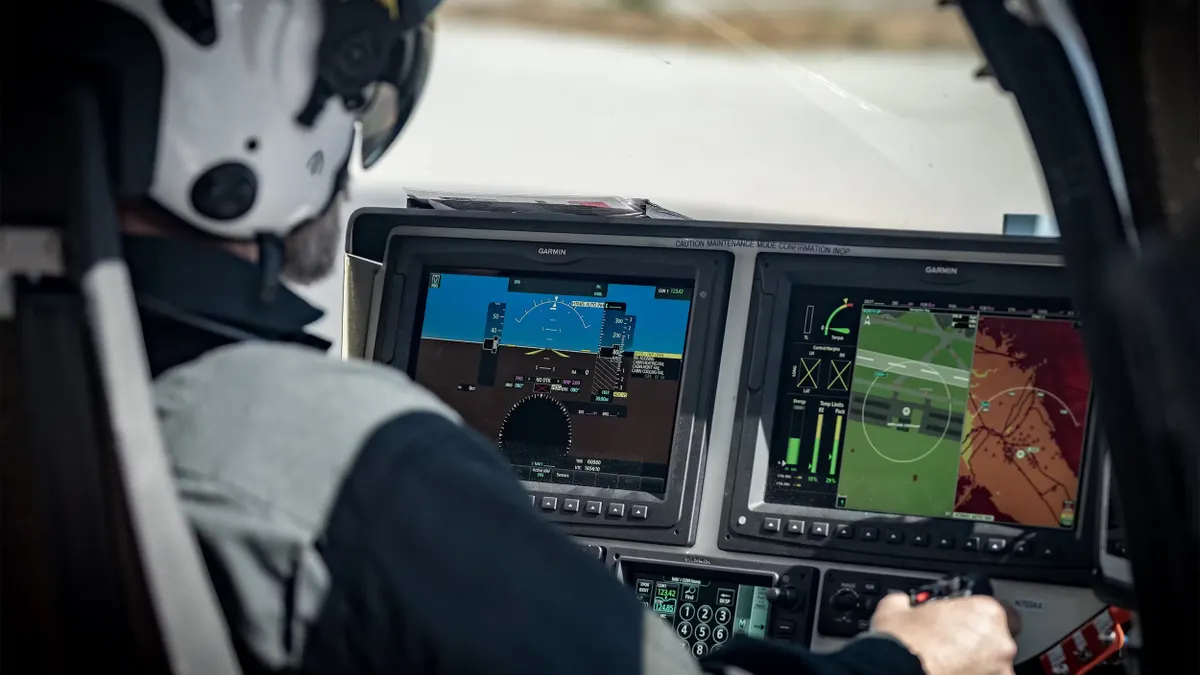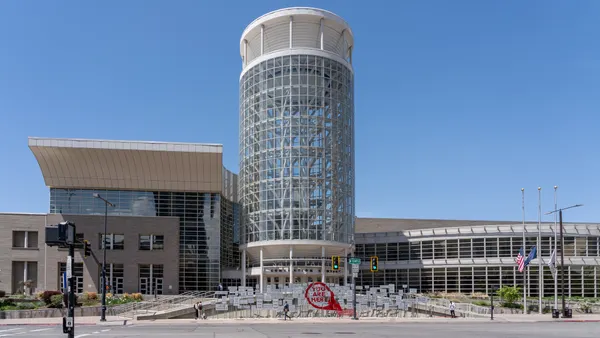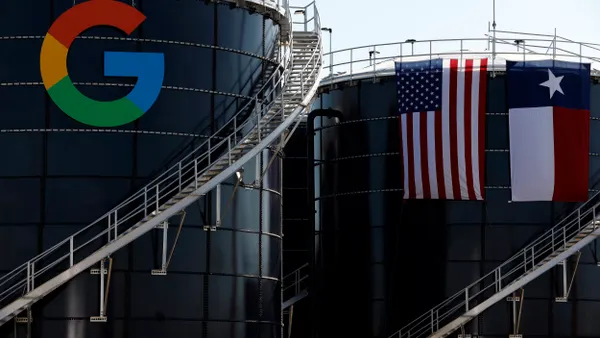Editor's note: This article was originally published in American City & County, which has merged with Smart Cities Dive to bring you expanded coverage of city innovation and local government. For the latest in smart city news, explore Smart Cities Dive or sign up for our newsletter.
When it joined the Vision Zero program in 2015, the city of Bellevue, Washington, set a goal to eliminate traffic deaths and serious-injury collisions on its streets by 2030.
One of the latest tools the city is implementing to help achieve that objective is artificial intelligence. Palo Alto, California-based Archetype AI is working with the city on a pilot program to monitor pedestrian safety and urban mobility in real time. The AI tool, known as “Newton,” can adjust traffic signals and enables “instant incident detection and response,” according to a press release.
While many language-learning AI models such as ChatGPT are trained using text and images from the internet, Newton is trained on sensor data, according to Archetype AI Co-Founder and COO Brandon Barbello.
“It’s built to understand things like continuous and real-time camera streams,” Barbello said.
In Bellevue, 53% of pedestrian fatalities and serious injuries are linked to motorists’ failure to yield. It’s through traffic signal technology with video analytic features that the city hopes to pinpoint and minimize risks for pedestrians.
“For example, if the signal detects one of these people may need more time to cross or there are many people in the crosswalk, it can extend the ‘Walk’ cycle to allow them to safely cross,” the city stated in the outline of its Safer Signals Pilot Program, which the city began last month in two neighborhoods with high foot traffic. The pilot program was funded by a $1.43 million grant from the U.S. Department of Transportation awarded last year and will conclude in August.
Bellevue is not alone in its attempt to increase pedestrian safety with AI. Sarasota, Florida, is also adding AI to traffic cameras to document near-miss crashes and illegal pedestrian crosses, and Albuquerque, New Mexico, has incorporated AI-powered monitors that will flash a yellow light to drivers if someone is crossing the street.
Many cities have invested in sensors over the past 10 to 20 years, but the ability to fully analyze the data collected has been limited, Barbello said. AI has the ability to ease that workload.
“You want visibility across all the intersections, to be aware of what’s going on and summarize what has happened,” Barbello said. “Before, that would have been a lot of work to compile all that data.”
“People can’t be everywhere all the time,” Barbello added. “These sensors are.”
A recent Granicus survey of 1,400 public employees found that 40% were using AI in some capacity. Asked how they thought AI would affect their work and office in the future, 80% said it would “help with repetitive tasks” and 75% said the technology would “save time.”
Barbello, who previously worked on AI products for Google, sees the future of AI in government as a way to preserve institutional knowledge, a feature he is often asked about by clients.
“There are deep experts that have been there for decades, and a lot of those experts are approaching their retirement,” Barbello said. “How do you preserve that institutional memory, and help the next generation carry on and go farther?”
“It isn’t about the AI becoming the expert or replacing the expert,” he added. “It’s about the AI as a repository of knowledge that can be passed down era after era.” And unlike previous methods or tools, AI can continue to learn, Barbello said.












